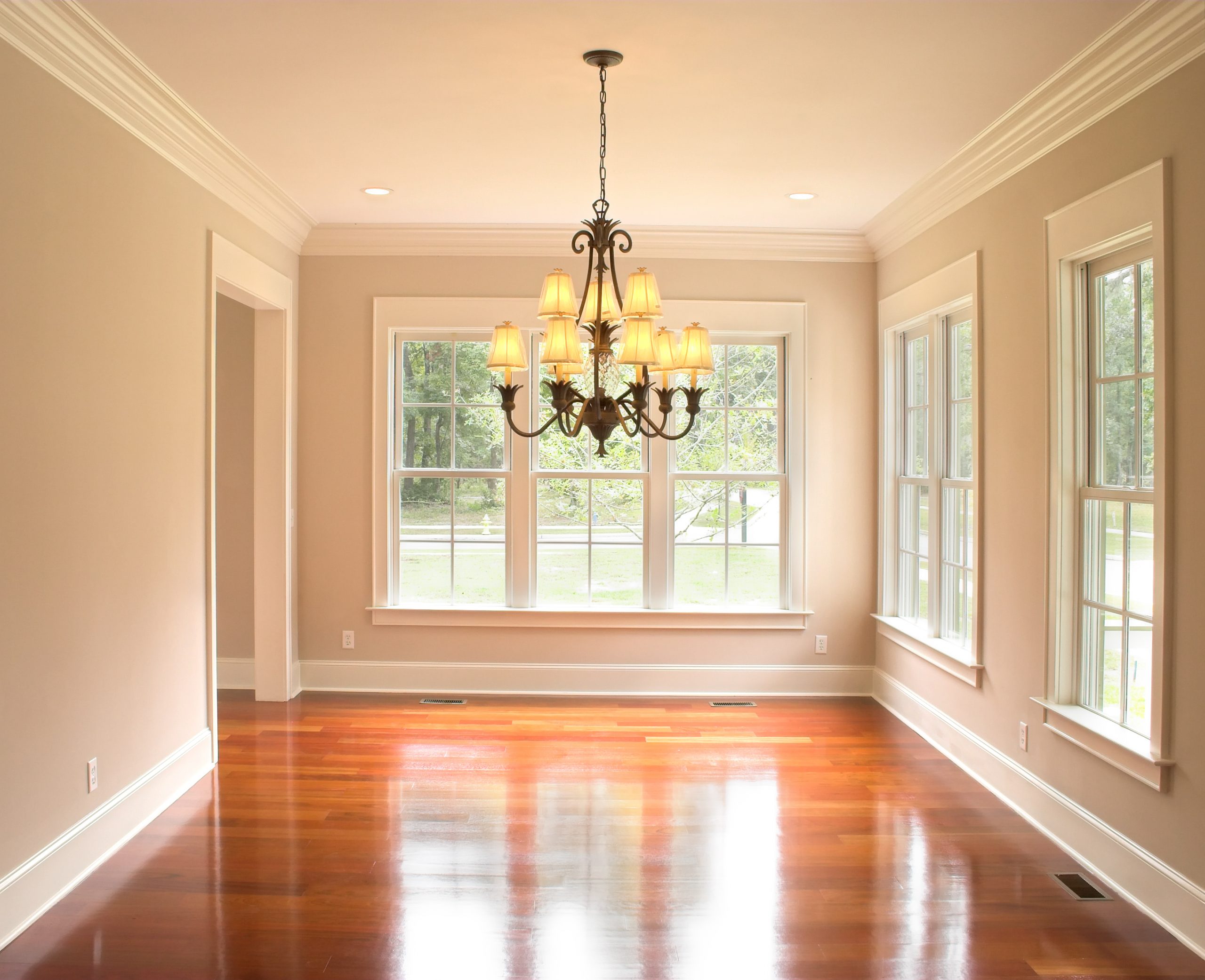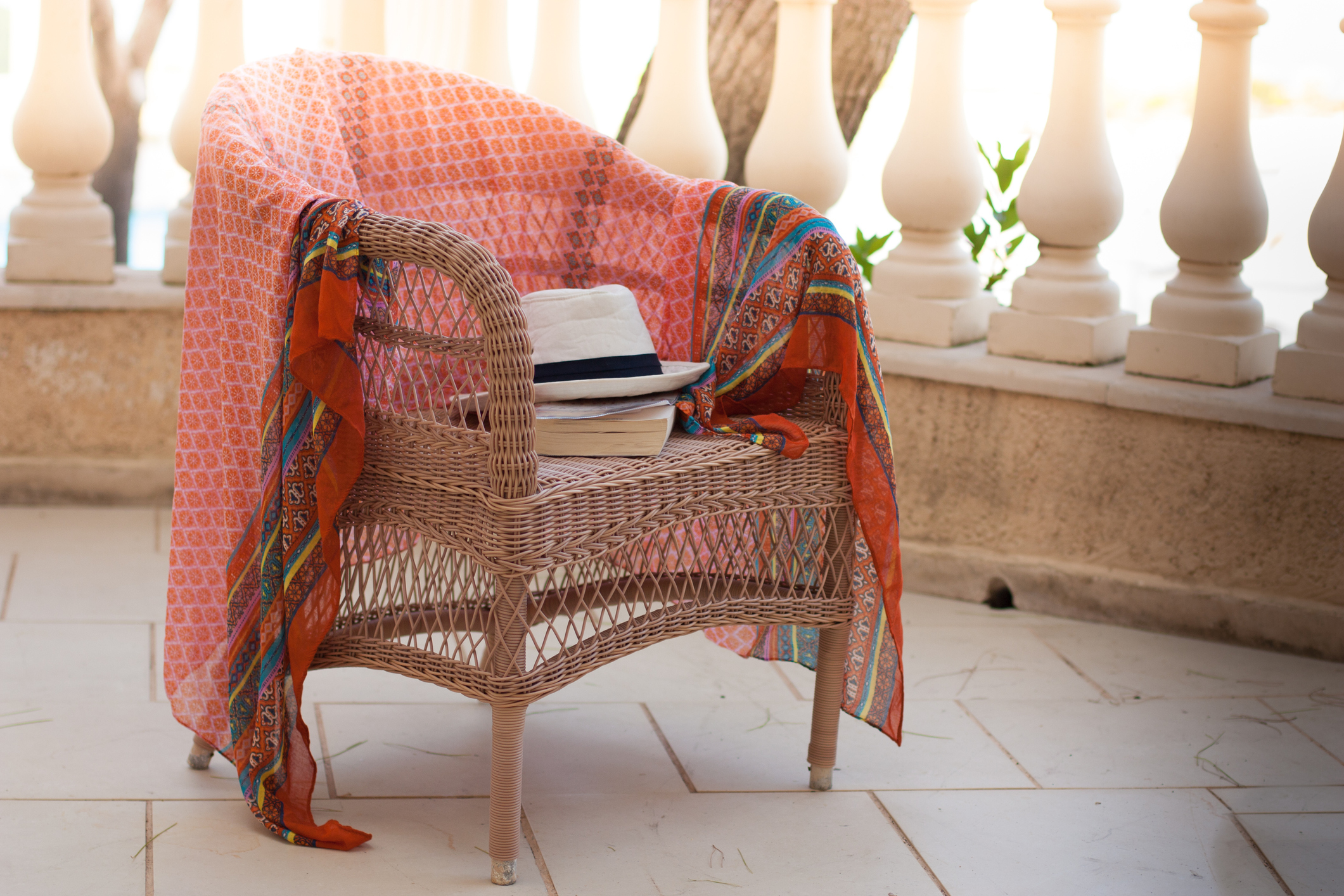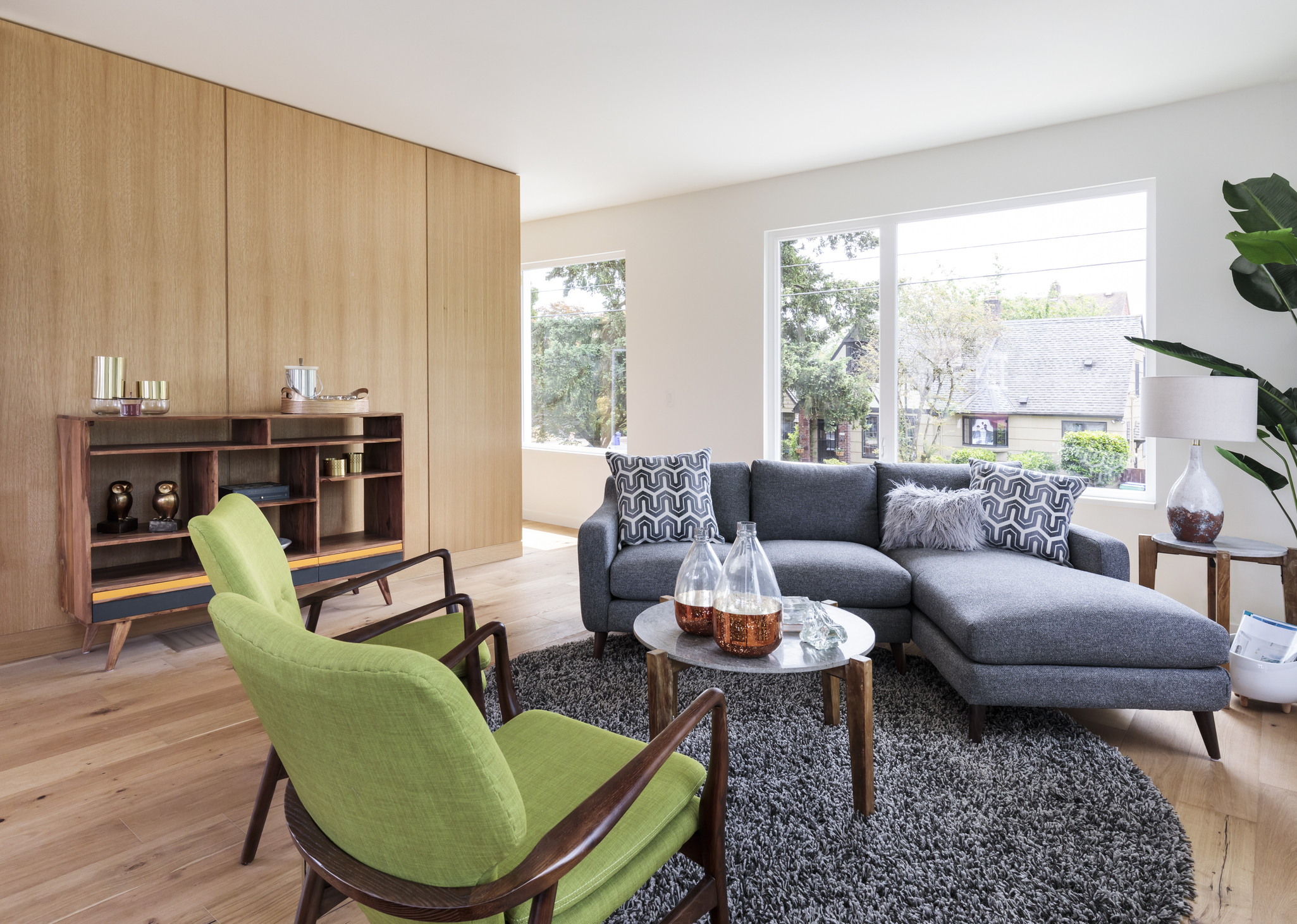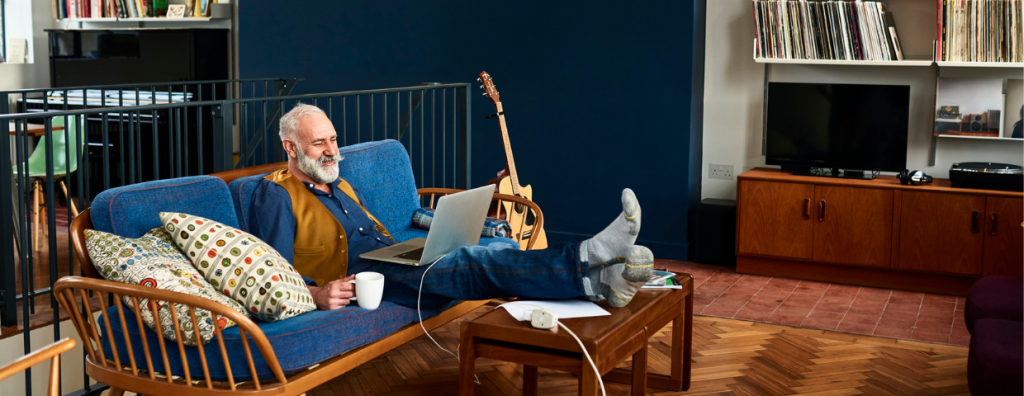Adding the right touch of vintage décor to your home is a matter of balance. It brings that decades-old, well-traveled quality that gives the spaces in your home a special character. A common concern with vintage décor is that it will make a home feel outdated. Fortunately, certain design elements and trends have stood the test of time.
We tend to think of vintage décor in terms of well-known objects, like shag carpets and Eames chairs, but it is so much more than that. Some of the most iconic design concepts of eras past continue to influence how we design our homes today. From features to furniture, here are just a few that have maintained their popularity with homeowners and interior designers alike.
7 Vintage Design Elements That Are Still Popular Today
1. Built-Ins
The history of built-ins dates back to the Arts & Crafts movement of the late nineteenth century to the early twentieth century. In contrast to the Victorian period that preceded them, the Arts & Crafts designers looked to simplify home design by working features into the structure of the home itself. The clean aesthetic look of built ins, as well as their functionality and the storage they provide, have kept them relevant for decades.
2. Exposed Brick
Exposed brick has maintained its popularity through the years, sometimes used to compliment certain modern design trends, such as Industrial, a common design choice for open-concept, non-traditional living spaces such as lofts. Whether it’s stripping away a wall to reveal a chimney or using it as a backsplash for open shelving, exposed brick creates a vintage lived-in quality. Its natural pattern and textured surface work well as either a focal point or an accent piece in large and small spaces alike.
3. Crown Molding
With roots dating back to ancient Greece, crown molding is both decorative and functional. It provides a visual transition for the surfaces in a room by embellishing the space between the ceiling and wall. It can also be a decorative piece for architectural elements such as bookshelves, doorways, etc. Although crown molding is a small detail, it plays a significant role in tying a room together.

Image Source: Getty Images
4. Marble Countertops
From ancient Rome to the European Renaissance, marble has been widely used throughout history in countless homes throughout the world. Heat resistant and easy to clean, marble countertops have become a staple of kitchens and bathrooms. Due to their large surface area and durability, they are often the centerpiece of kitchen renovation projects. Because marble is porous, it’s best to seal them at the time of installation to prevent damage.
5. Wicker Style Furniture
With origins tracing back thousands of years, wicker-woven furniture is still ubiquitous today. Made from the sturdy and flexible material rattan, wicker furniture is lightweight and weather resistant. It makes for the ideal outdoor patio chair or lounge seat, or the perfect rocker by the fireplace in the living room. A combination of functionality and beauty, wicker furniture’s popularity has showed no signs of slowing down.

Image Source: Getty Images
6. Checkerboard Tile
Checkerboard tile is a classic element of vintage design, often used on kitchen floors and in bathroom tile work. Designers have always found a way to incorporate this eye-catching black and white pattern into the latest trends. In the home, it can be applied on a large or small scale. If a whole kitchen floor is a bit much for your taste, incorporate it in smaller areas, such as a bathroom backsplash or a backdrop for your shelves.
7. Mid-Century Modern Furniture
The evidence of the Mid-Century Modern (MCM) movement’s relevance is all around us, but in the home, it lives on in its signature furniture pieces. MCM designers took the concepts of modern design—clean lines, minimalism, multi-functionality—and created sleek, interesting furniture pieces that blend into a room and make a statement simultaneously. Common items such as teak desks, Eames chairs, Tulip chairs, credenzas, and raised-legged dressers skyrocketed in popularity during the fifties and sixties. MCM has proven to be timeless, and to this day, its influence can be seen in homes everywhere.

Image Source: Getty Images
For more information on home design styles, check out our Interior Design page on our website.
 Facebook
Facebook
 Twitter
Twitter
 Pinterest
Pinterest
 Copy Link
Copy Link



